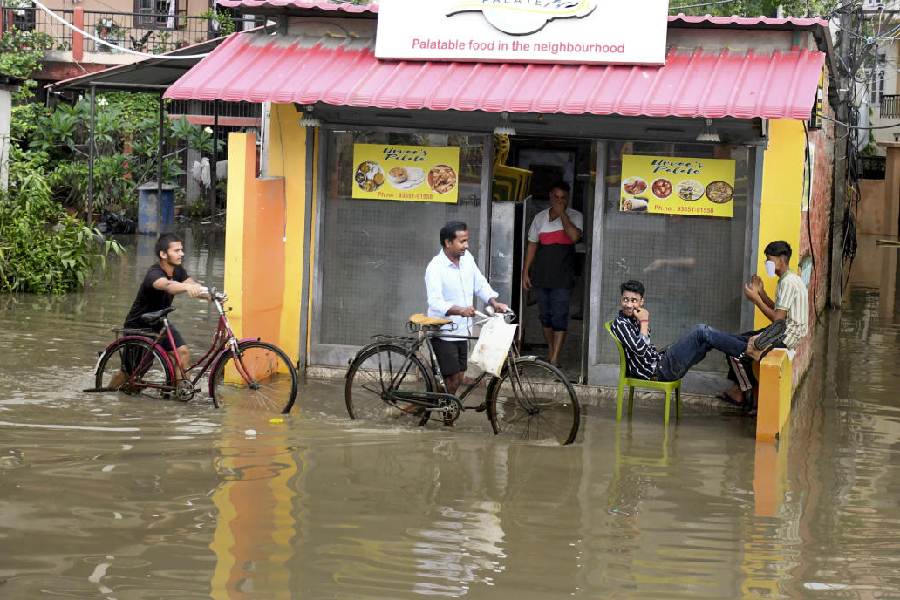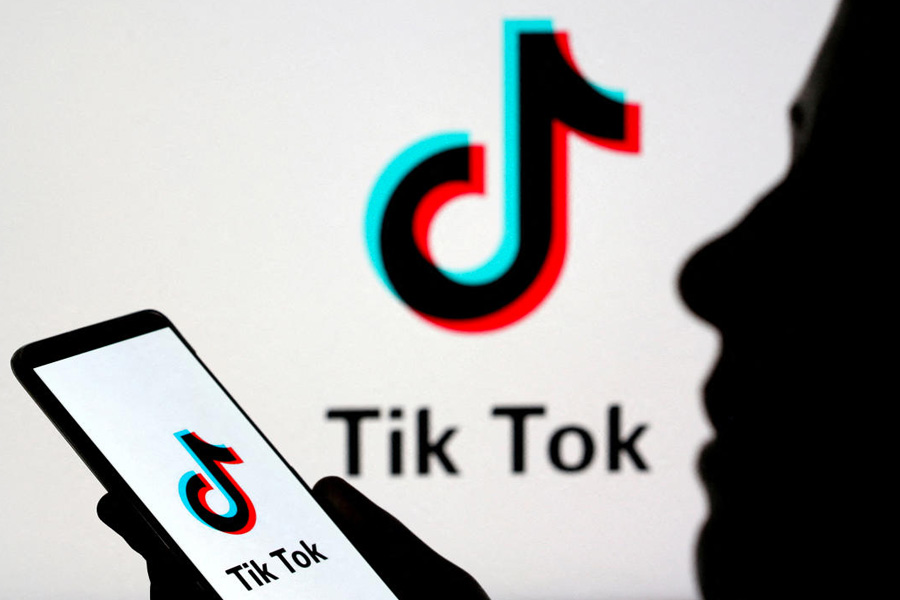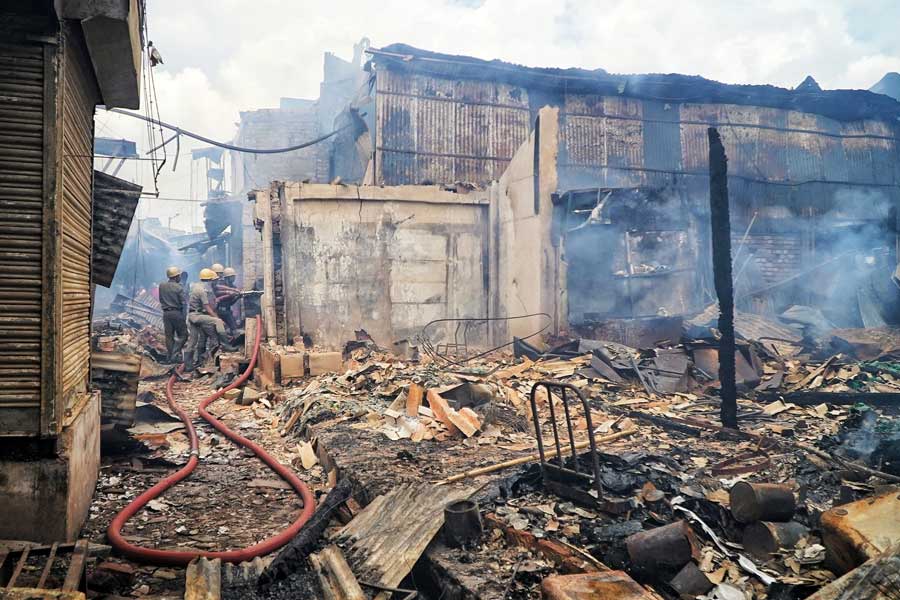 |
 |
| I was getting angrier... |
 |
| Had to force myself on her |
 |
| If you make bhabijaan unhapppy, you won’t have any peace |
| Sound Message: Comic strips are being used to create awareness of violence against women in Bangladesh, and (below) Mohammad Badi Akhter |
 |
On the face of it, Mohammad Badi Akhter is not very different from anybody else. But he describes himself as a change maker ? one man in a chain of several thousand people across Bangladesh seeking to usher in what sounds like a revolution: the end of violence against women. And for Akhter, the change has begun with himself. “I used to be an angry man. I raised my voice when I spoke with my wife and told her what to do,” Akhter says. “I don’t do that anymore.”
For nearly a year now, people in Bangladesh ? where one out of two women faces some kind of physical violence at home ? have been reaching out to others as part of a six-year-long campaign to end violence against women (VAW). Initiated by the UK-based non-profit organisation, Oxfam, and launched by at least 400 organisations in south Asia, the “We Can” campaign seeks to deal with the issue in India, Bangladesh, Nepal, Sri Lanka and Pakistan.
That violence against women is rife in south Asia is a fact endorsed by studies and surveys conducted locally and globally. According to an Oxfam paper, Towards Ending Violence Against Women in South Asia, 2004, eight out of 10 women in Pakistan and six out of 10 in Sri Lanka experience violence at home. In Nepal, thousands of women are trafficked for sex work, and in India, a married woman is burnt alive or beaten to death every six hours. It’s the only region in the world where men outnumber women significantly in the sex ratio ? indicating the low status of women, manifest in, among other factors, high female foeticide and infanticide rates.
But violence, the campaign seeks to point out, is all that, and more. It can be physical, mental or sexual ? and the threat of violence is in itself a form of abuse. Violence against a woman means not giving her the right to decide whether or not she wants to bear a child. Campaign members stress that not allowing a woman her freedom to move around is violence, as is controlling her freedom of speech and expression.
“These are issues that can’t be addressed by legislation alone,” asserts Chitra Gopalakrishnan, who is also with the Oxfam programme. “The solutions have to emerge out of changing community attitudes,” she says.
Bangladesh, which marks the first year of its VAW campaign this September, believes that it has been doing just that. But in a country where every week more than 10 women have acid thrown at them, the activists admit that even talking about violence against women is an uphill task. “How do you raise an issue that is very private and confined to the four walls of a house,” asks Akhter, who is in charge of the Bangladesh campaign.
It’s a rhetorical question, for Akhter and his band of men and women have been focussing on several small solutions in 25 of the 64 districts of Bangladesh. People have been going from house to house to discuss the issue, posters are being put up, cultural programmes staged and essay and painting contests organised. Rallies are held of rickshaws ? adorned with posters on VAW. “We have reached out to 700,000 families so far,” says Akhter, on a visit to India last week.
The programme essentially works with a group of people called change makers ? an amorphous band of teachers, students, homemakers, development workers and others. Change makers have to pledge never to commit an act of violence against women, support women who suffer violence, discuss the issue with friends, family, neighbours and colleagues, and make 10 other change makers. Akhter estimates that 20,000 change makers have already been identified in Bangladesh. By the end of the six-year programme in 2011, Oxfam hopes that it would have reached out to 50 million people across the subcontinent.
“We want to reach out to as wide a section of the people in the region as possible,” says regional campaign coordinator Mona Mehta. “When there is an incident of violence against women, the outcry usually starts and ends with a few women. We want this to change ? we want more people to speak up.”
The Bangladesh experience, Akhter stresses, has shown that change is possible. There have been angry reactions from a section of clerics and some concerns ? mainly from men ? expressed that the campaign would break families. But Akhter recalls an evening in Dinajpur, in north Bangladesh, when a small group of local religious men pelted activists, involved in enacting a play, with stones. “We stopped and asked them to come up to the stage and tell us openly why they were doing so. They said they were protesting because we had carried on with our activities during the time of the evening prayers,” says Akhter. “When we pointed out that the play had been suspended for an hour for the azaan, local people started speaking up till the mullahs were in a minority.”
Along with tools such as plays and skits, the campaign involves popular forms of communication to get their message across. Television spots are being aired to stress three basic points: that domestic violence is not a private issue, that it is not something only poor families face, and that anybody who thinks it wrong should speak up.
Work is also on for a telefilm based on a book by popular Bangaldeshi writer Selina Hossain. Comic books are being distributed, with simple sketches and tales. One tells the story of Ratna and Suman, caught in an unhappy married life. Suman finds fault with Ratna’s cooking, beats her and forces sex on her. Then, one day, Suman talks to Baharbhai, who takes him to a group of men. “A marriage is of two people, and both have equal rights,” somebody tells him. “What you are doing is unjust,” somebody else says.
The story ends with Suman and Ratna sharing a happy married life. They eat together, see a film with the children and even discuss the hero’s good looks. “Ours is a violence-free family,” says Suman.
Sometimes, fiction turns to fact. Another comic ? titled Sajiv’s Awakening ? could have been the true story of a young boy from Orissa, who had been watching his father abuse his mother. One day, the boy sat with his father and tried to tell him that it was wrong. “It gave the mother courage,” says Mehta, “to think that she was not alone.”
In Bangladesh, the first signs of change, Akhter believes, are also visible. Under the law, if a case on VAW is filed, the investigation has to be completed within 90 days ? something that is seldom practised. “Only about 10 per cent of all cases actually have their investigation done in the stipulated period,” says Akhter. “Thanks to our intervention in some 50 police stations, 70 per cent of them are going to court in time,” he says.
Mehta stresses that small successes such as these keep the campaign going. “This is an enormous task, but not an impossible one,” she says, pointing out that the response from ordinary people, especially the youth, has been overwhelming.
Six years, though, is a moment when compared to the aeons over which attitudes take shape. But the campaign, Mehta stresses, is not expecting an overnight change. “People are willing to change ? and by 2011 we will see changes,” she says. “Right now, we just want to go out and break the silence.”











